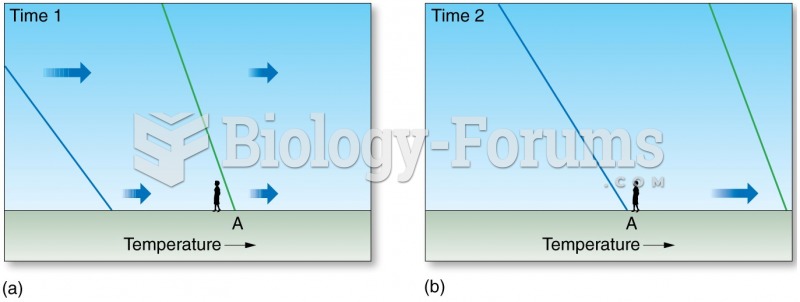|
|
|
Did you know?
There are 20 feet of blood vessels in each square inch of human skin.
Did you know?
The average office desk has 400 times more bacteria on it than a toilet.
Did you know?
There are more sensory neurons in the tongue than in any other part of the body.
Did you know?
There are immediate benefits of chiropractic adjustments that are visible via magnetic resonance imaging (MRI). It shows that spinal manipulation therapy is effective in decreasing pain and increasing the gaps between the vertebrae, reducing pressure that leads to pain.
Did you know?
Malaria mortality rates are falling. Increased malaria prevention and control measures have greatly improved these rates. Since 2000, malaria mortality rates have fallen globally by 60% among all age groups, and by 65% among children under age 5.







